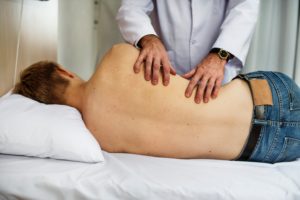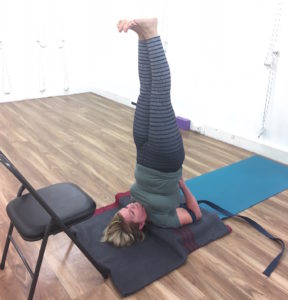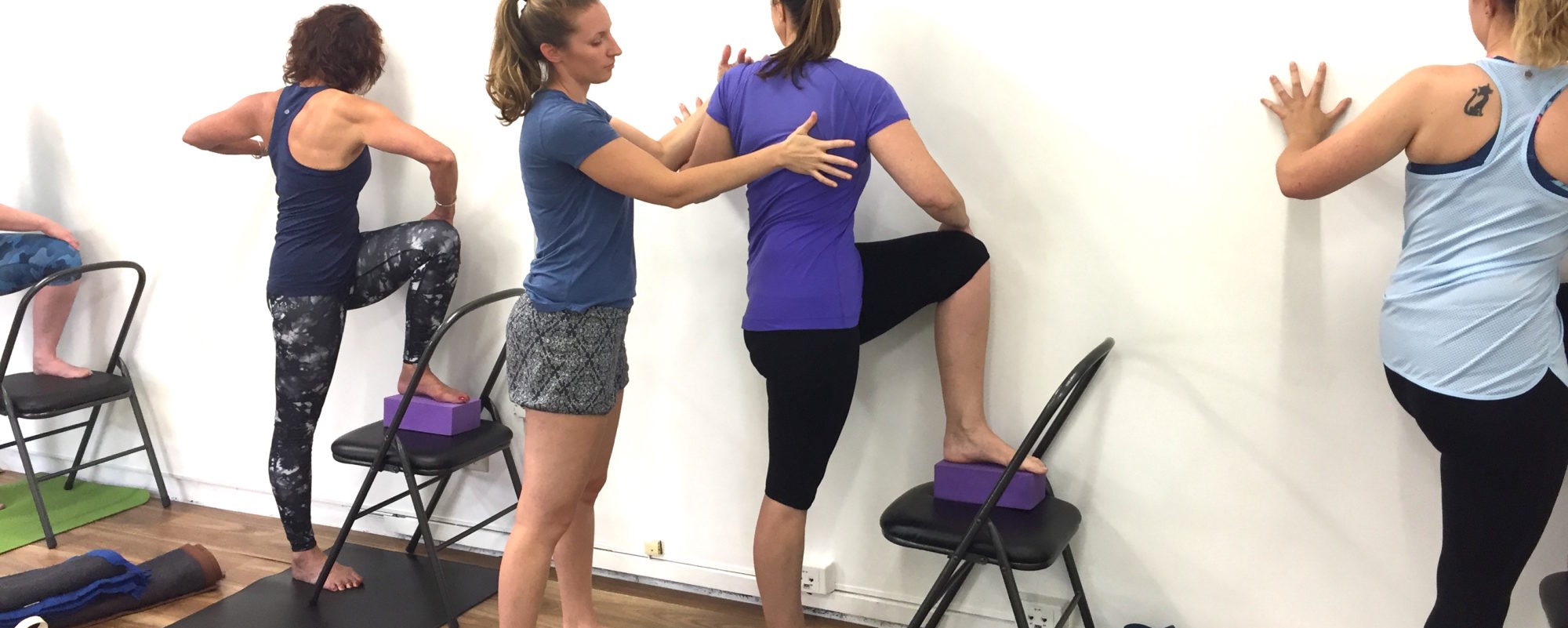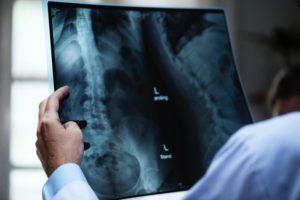
So you have a sore back, its painful, annoying, and it just won’t go away. You take some anti-inflammatories and put your feet up, maybe even call in sick from work. But it just doesn’t get better. Could you have a bulging disc?
Well the answer is – probably yes!
In fact one study looked at MRI scans from over 1200 healthy people with zero symptoms and found that a whopping 87% had disc bulging. Whilst prevalence and severity increased significantly with age, “even most subjects in their 20’s had bulging discs.” 1
Back pain is common, frustrating and can be incredibly debilitating. It is estimated that up to 90% of people will experience back pain in their lives.
So if you go to your GP with a bad back and you are referred for an MRI scan – what is the likelihood that you’ll have abnormal results?
Well, according to one study – it is almost guaranteed.
“A total of 683 low back pain patients were included… 94% of patients had abnormal MRI findings.” 2
Hmm. So if almost everyone is going to have their scan show up something abnormal… and almost everyone’s result will say ‘bulging disc’… is it really abnormal? And if all of those people who had zero pain have bulging discs – is a bulging disc important or even really that terrible?!
The Australian Physiotherapy Association states that “Trials have consistently shown that there is no advantage from routine imaging of non-specific low back pain and there are some potential harms. Imaging is instead recommended for cases of low back pain where there is a suspicion of an underlying medically serious disease, like cancer or infection.” 3
So what should we be doing about back pain?
A 2018 study states that “Active strategies such as exercise are related to decreased disability. Passive methods (rest, medications) are associated with worsening disability, and are not recommended. In chronic low back pain, the physical therapy exercise approach remains a first-line treatment, and should routinely be used.” 4
The APA gives the following recommendations:
- Resting in bed will probably delay recovery
- Most people with back pain do not need an X-ray, CT or MRI scan
- Movement is key

Yoga for Back Pain
You could be just a few yoga classes away from pain relief. One study of 88 nurses showed that “Integrated yoga showed improvements in physical, psychological, and social health domains of QOL (quality of life) better than physical exercises among nursing professionals with chronic low back pain.” 5
Another study looked more specifically at Iyengar yoga versus general exercise for back pain treatment and concluded that “Iyengar yoga provides better improvement in pain reduction and improvement in HRQOL in nonspecific chronic back pain than general exercise.” 6

In one review, Iyengar yoga rated well for back and neck pain reporting that “Overall six studies with 570 patients showed, that Iyengar yoga is an effective means for both back and neck pain in comparison to control groups. This systematic review found strong evidence for short-term effectiveness…” 7
Another important outcome was seen in this study including 90 people with back pain – reduction of use of pain medications. “Yoga improves functional disability, pain intensity, and depression in adults with chronic low back pain. There was also a clinically important trend for the yoga group to reduce their pain medication usage compared to the control group.” 8
There are a few key differences with Iyengar yoga
- You start with a beginner’s only class – instead of joining in with more experienced students
- You are always taught by a teacher with years of experience
- You are adjusted individually to ensure your safety
- The focus is on awareness and balancing the two sides of your body – this brings the long term effects of managing and preventing back problems (and other injuries)
Interested in yoga? Try my FREE 15 minute relaxation download “Guided savasana.”

Kelly Moriarty is a certified Iyengar yoga teacher and runs Green Body Gym & Yoga Studio in Cardiff, Australia.
References
-
Spine (Phila Pa 1976). 2015 Mar 15;40(6):392-8. doi: 10.1097/BRS.0000000000000775. “Abnormal findings on magnetic resonance images of the cervical spines in 1211 asymptomatic subjects.” Nakashima H1, Yukawa Y, Suda K, Yamagata M, Ueta T, Kato F.
-
Fam Pract. 2016 Feb;33(1):51-6. doi: 10.1093/fampra/cmv097. Epub 2015 Dec 8. “Prevalence of spinal pathology in patients presenting for lumbar MRI as referred from general practice.” de Schepper EI1, Koes BW2, Veldhuizen EF3, Oei EH4, Bierma-Zeinstra SM5, Luijsterburg PA2.
- http://www.choosingwisely.org.au/recommendations/apa
-
Pain Ther. 2018 Sep 18. doi: 10.1007/s40122-018-0105-x. “Physical Therapy Approaches in the Treatment of Low Back Pain.” Shipton EA1.
-
Int J Yoga. 2018 Sep-Dec;11(3):208-214. doi: 10.4103/ijoy.IJOY_2_18. “A Randomized Trial Comparing Effect of Yoga and Exercises on Quality of Life in among nursing population with Chronic Low Back Pain.” Patil NJ1, Nagaratna R2, Tekur P3, Manohar PV4, Bhargav H5, Patil D1.
-
Int J Yoga. 2014 Jan;7(1):48-53. doi: 10.4103/0973-6131.123481. “Changes in pain intensity and health related quality of life with Iyengar yoga in nonspecific chronic low back pain: A randomized controlled study.” Nambi GS1, Inbasekaran D2, Khuman R1, Devi S1, Shanmugananth1, Jagannathan K1.
-
Int J Yoga. 2015 Jan;8(1):3-14. doi: 10.4103/0973-6131.146046. “Effectiveness of Iyengar yoga in treating spinal (back and neck) pain: A systematic review.” Crow EM1, Jeannot E1, Trewhela A1.
-
. Spine (Phila Pa 1976). 2009 Sep 1;34(19):2066-76. doi: 10.1097/BRS.0b013e3181b315cc. “Evaluation of the effectiveness and efficacy of Iyengar yoga therapy on chronic low back pain.” Williams K1, Abildso C, Steinberg L, Doyle E, Epstein B, Smith D, Hobbs G, Gross R, Kelley G, Cooper L.


